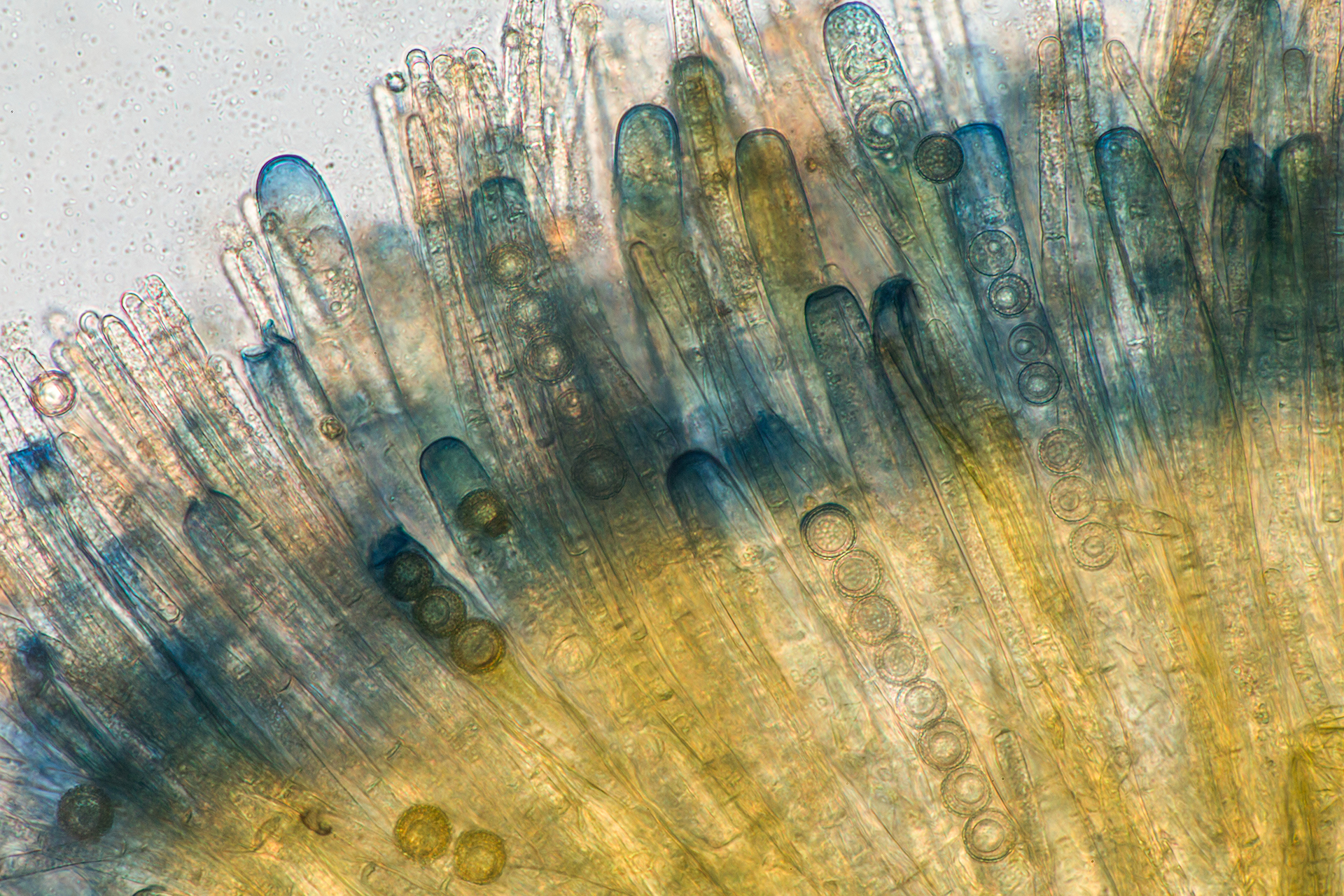Visit
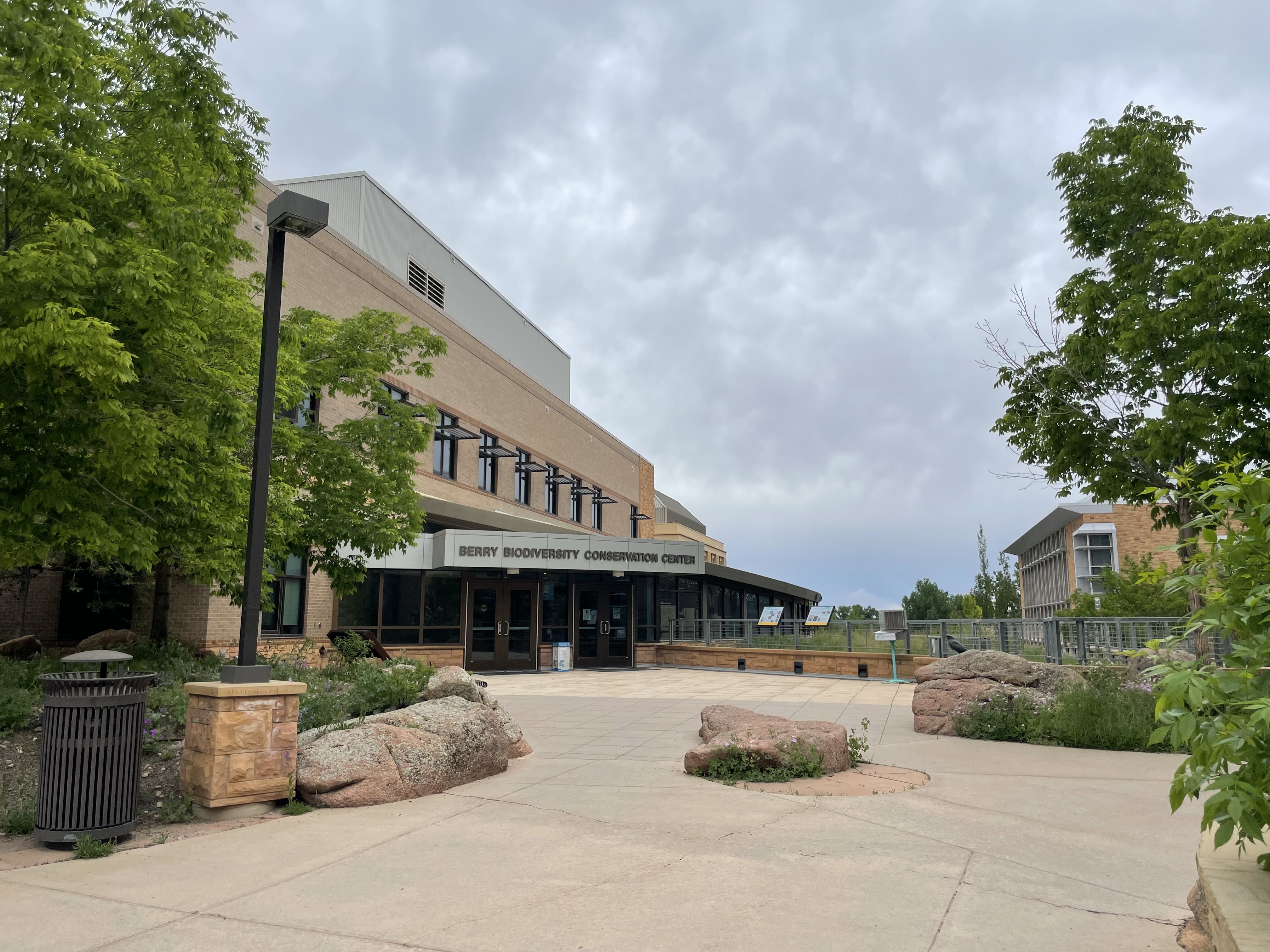
Location and Hours:
The Biodiversity Institute is housed at the Berry Biodiversity Conservation Center building on the University of Wyoming campus in Laramie, Wyoming. The Berry Center is located at the corner of 10th and Lewis Streets.
The Berry Center building is open 8 a.m. to 5 p.m. weekdays (excluding holidays). Visitors are welcome. The Biodiversity Institute offices are open 8 a.m. to 4 p.m. weekdays (excluding holidays).
Biodiversity Institute Offerings:
The main office of the Biodiversity Institute is in room 213 of the Berry Center building. In the main office, you can purchase Wyoming biodiversity books, guides, and stickers, and meet a few of our ambassador animals. In addition to the main office, make sure to check out the other spaces maintained by the Biodiversity Institute:
Kids' Corner
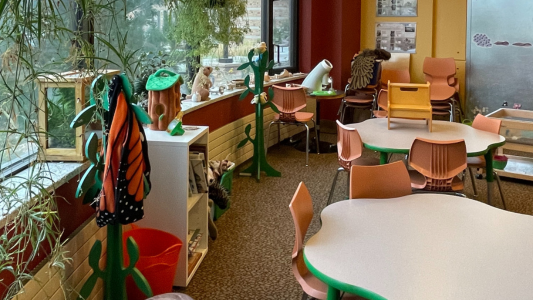
Take a morning or an afternoon and bring your children to the Kids' Corner, a place for 3 to 10-year-olds to play and learn. Complete with books, puzzles, art supplies, and ambassador animals, children are welcome to visit at any time, with adult supervision.
Biodiversity Gardens
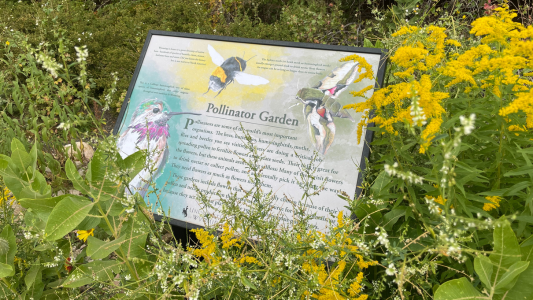
The Biodiversity Institute maintains three biodiversity gardens around the Berry Center, each highlighting different components of Wyoming’s native flora - the Berry Prairie (our roof garden), the Penstemon Garden, the Indian Paintbrush Garden, and the Pollinator Gardens.
Berry Center Atrium
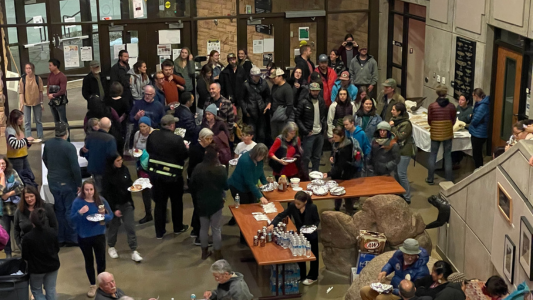
There is always something happening at the Berry Center! The atrium features a permanent raptor display, and the Biodiversity Institute frequently hosts temporary biodiversity art exhibits and events.
Biodiversity Science Exhibits
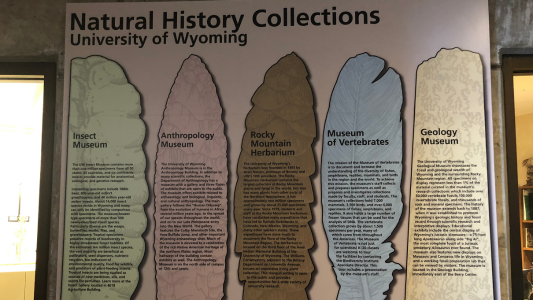
All three floors of the Berry Center include fun exploration tools and displays on everything from natural history to stable isotopes. Visit the Berry Center with your family or schedule a field trip with your class room today!
Labs and Collections in the Berry Center:
The Biodiversity Institute offices and exhibits aren't the only features that the Berry Center has to offer. The Berry Center building was designed to be a resource for anyone interested in plants, animals, and fungi native to Wyoming (and beyond), but it is also a working scientific facility. It was constructed to hold a variety of laboratories and collections, in addition to serving as an educational, cultural, and administrative space. Though most of these facilities limit access because they are working laboratories and may contain chemicals or other materials not safe for the public, arrangements for groups can be made to tour these facilities. Windows into the core labs and collections allow visitors to witness the process of science in real time.
UW Museum of Vertebrates
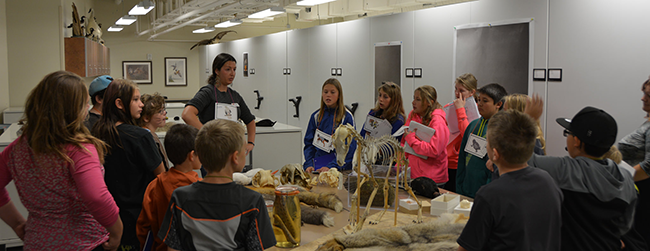
The mission of the Vertebrate Museum is to document and understand regional and global vertebrate diversity through the acquisition and investigation of collections made by faculty, staff, and students to advance academic knowledge and public appreciation of the natural world.
The scientific information contained in museum research collections contributes to our understanding of the mysteries of the natural world. The specimens housed in the vertebrate research collections of the Berry Center help researchers explore the processes that influenced the evolution of these mysteries.
WYNND - Wyoming Natural Diversity Database
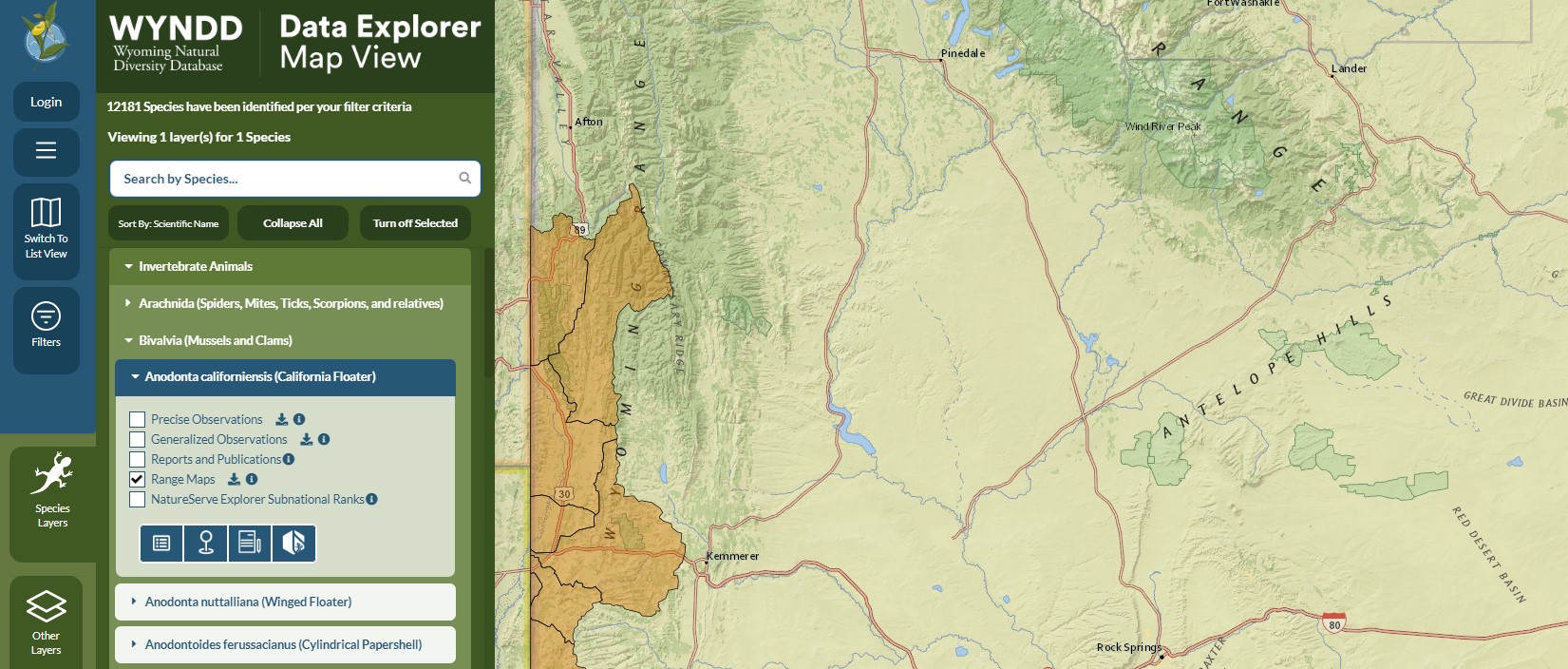
WYNDD is Wyoming's best resource for information on Wyoming plants, animals, and ecosystems, particularly Wyoming species that are rare or threatened. They maintain a huge database of where and when these species are sighted, how their distributions change over time, their influences on related species and environmental processes, how they react to changing conditions, and more. WYNDD ecologists are great resources related to field research, data synthesis, mapping and GIS, and networking with biologists throughout the state and region.
Stable Isotope Facility
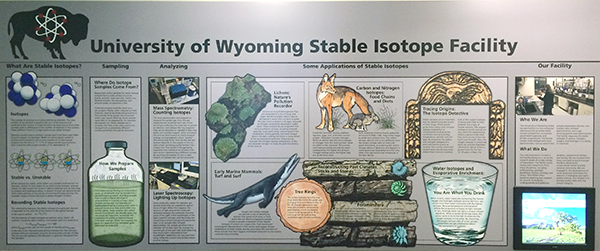
The Biodiversity Institute Science Exhibits explore and explain some of the research and interests of biodiversity science and scientists--from atoms to scientific collections, to the organisms and landscapes of Wyoming. Learn about why keeping specimens of plants and animals is important, explore the evolution and diversity of life, or become familiar with the raptors of our state. Exhibits are located on all three floors of the building, and even outdoors.
The Ecology Lab (EcoLab)
The Ecology Processing Lab (or "EcoLab") is a multi-functional space for a variety of ecology-oriented students, faculty, and staff that work directly in the field. As groups or individuals return from conducting fieldwork, the EcoLab is a space to conduct processing work such as weighing, sieving, drying, etc. The EcoLab is located directly adjacent to the loading dock doors on the west side of the Berry Center for convenient access and unloading


